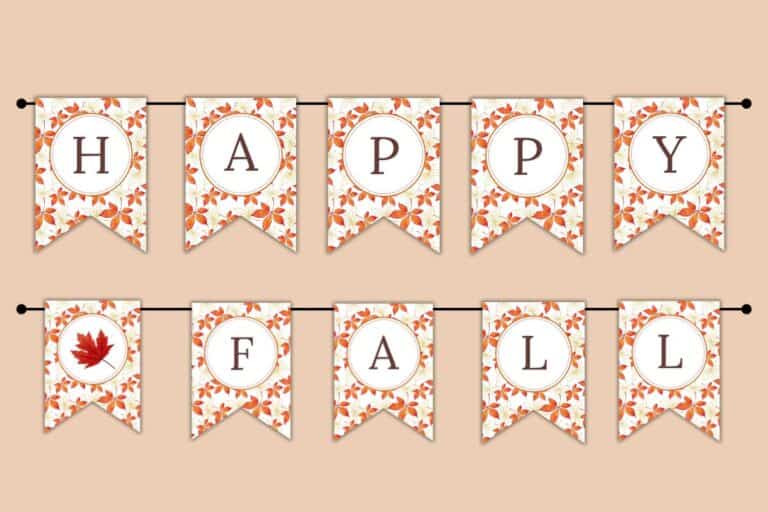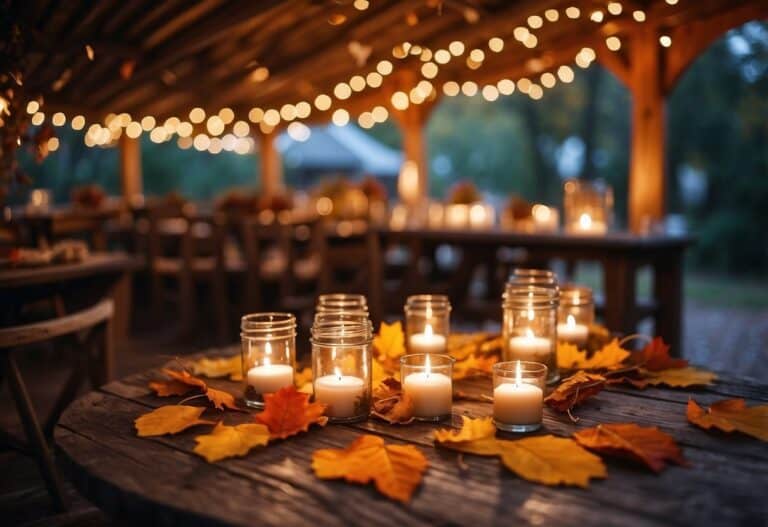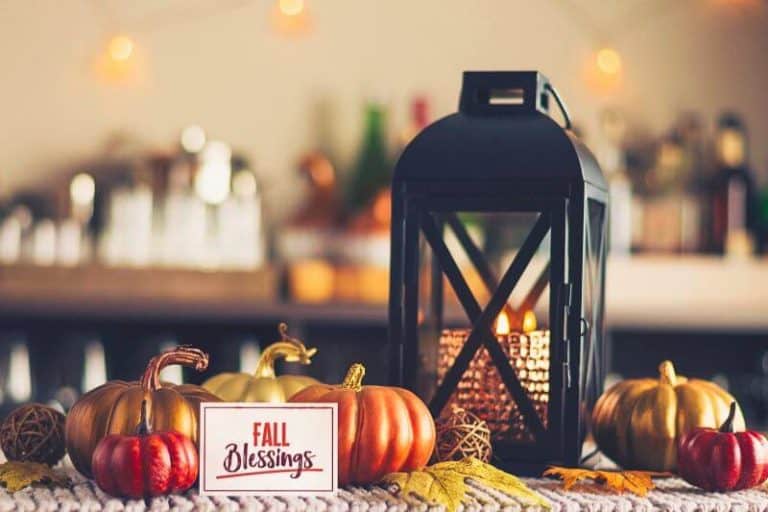Autumn Equinox Symbolism & Traditions
Here are some key things to know about the significance of the autumnal equinox:
- It marks the official start of autumn in the Northern Hemisphere. The equinox occurs when the Sun crosses the celestial equator, heading southward. This happens on September 22nd or 23rd each year.
- On the equinox, day and night are of approximately equal length – 12 hours each – across the world. This is where the word “equinox” comes from – “equal night” in Latin.
- The equinoxes, along with the solstices, mark the passage of the seasons. After the autumn equinox, days become shorter and nights longer as winter approaches in the Northern Hemisphere.
- Many cultures have traditions and celebrations associated with the fall equinox. It symbolizes a time of change, harvest, and preparation for the coming winter.
- In astronomical terms, the equinox occurs precisely when the Sun’s center passes through the celestial equator. This is one of two days a year when the Earth’s axis is tilted neither away from nor towards the Sun.
- The equinoxes help mark the beginning and mid-point of the Earth’s orbit around the Sun each year. Along with the solstices, they regulate the length of seasons and amount of daylight across the planet.
So in summary, the autumnal equinox has great significance astronomically, culturally, and in marking our progression through the seasons each year.

Understanding Autumn Equinox
The Fall Equinox marks the beginning of autumn in the Northern Hemisphere and the start of spring in the Southern Hemisphere.
It occurs on September 22nd or 23rd each year when the sun crosses the celestial equator, resulting in nearly equal amounts of daylight and darkness.
This balance between day and night is why the equinox is also known as the Autumnal Equinox or the September Equinox.
During the Fall Equinox, the sun is directly above the equator, which means that the length of day and night is almost equal all over the world.
However, the exact duration of daylight and darkness may vary depending on your location and time zone.
In the Northern Hemisphere, the Fall Equinox marks the end of summer and the start of autumn.
As the days become shorter and the nights become longer, the temperature begins to drop, and the leaves on the trees start to change color.
In contrast, the Southern Hemisphere experiences the opposite, with the Fall Equinox marking the end of winter and the start of spring.
The concept of the equinox has been significant to many cultures and religions throughout history.
For instance, the ancient Greeks celebrated the Fall Equinox as the time of year when Persephone, the queen of the underworld, returned to the earth, bringing with her the abundance of the harvest season.
Understanding the significance of the Fall Equinox can help you appreciate the changing of the seasons and the natural cycles of the world around you.
Whether you live in the Northern or Southern Hemisphere, the equinox is a reminder of the balance between light and dark, and the importance of finding harmony in your life.
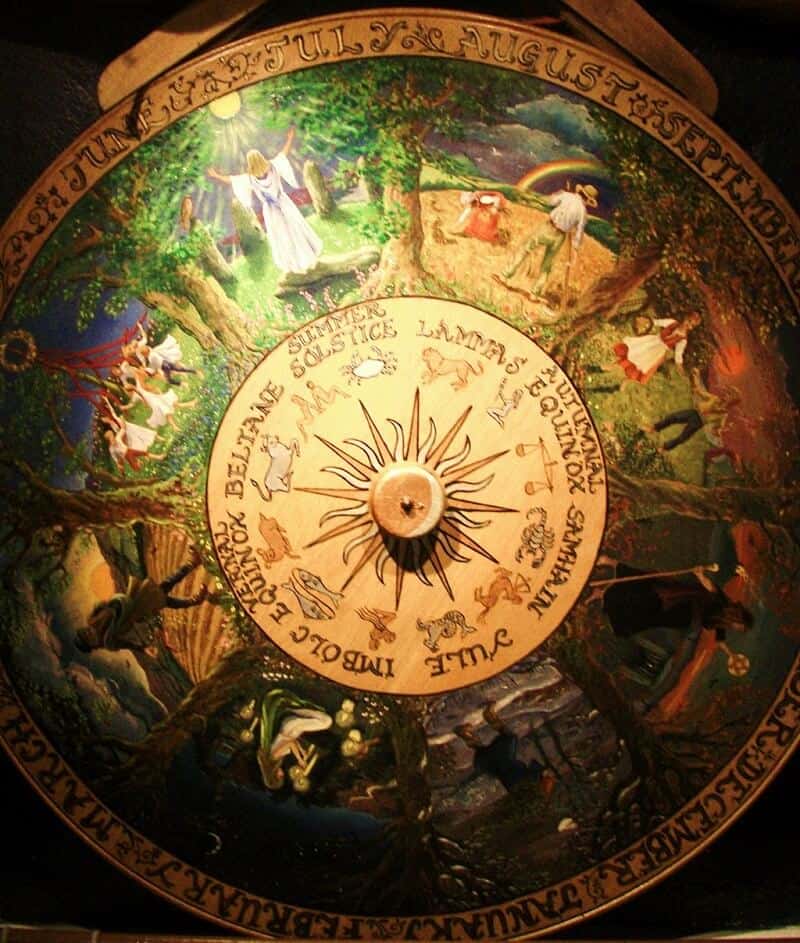
Historical Significance
The Fall Equinox has been celebrated for centuries by various cultures and religions around the world.
Many ancient cultures, including the Druids in England and the Maya in Central America, used the equinox to mark the change of seasons and the beginning of the harvest season.
The Druids celebrated the equinox with a festival called Mabon, which is still celebrated by neo-Druids today.
In pagan mythology, the equinox is called Mabon, or Second Harvest. It’s a time to give thanks for the bounty of the earth and to prepare for the coming winter.
Pagans celebrate the equinox with feasting, dancing, and rituals that honor the changing of the seasons.
Stonehenge, the prehistoric monument in England, is believed to have been built to align with the equinoxes and solstices.
The monument’s alignment with the sun during the equinoxes suggests that it was used for astronomical observations and possibly for religious ceremonies.
In Japan, the equinox is celebrated with a holiday called Higan. During Higan, Buddhists visit the graves of their ancestors and offer food and flowers as a sign of respect.
The holiday is meant to remind people of the impermanence of life and the importance of living in the present moment.
In Mexico, the equinox is celebrated at the ancient city of Chichen Itza, where the pyramid of Kukulcan is aligned with the sun during the equinoxes.
The pyramid’s design creates a shadow that looks like a snake slithering down the side of the pyramid, which is believed to represent the god Kukulcan.
Overall, the Fall Equinox has played an important role in many cultures and religions throughout history.
It’s a time to celebrate the changing of the seasons, the bounty of the earth, and the impermanence of life.
Symbolism of Fall Equinox
The Fall Equinox, also known as the Autumnal Equinox, marks the beginning of the fall season.
It is a time when the day and night are of equal length, symbolizing the balance between light and dark.
This balance is a reminder to find harmony and balance in your life.
The sun is also a significant symbol during the Fall Equinox. As the days get shorter, the sun’s energy decreases, and the nights grow longer.
This change in energy reminds us to slow down and reflect. It is a time to turn inward and focus on spiritual growth and wisdom.
In many cultures, the Fall Equinox is a time to honor and connect with nature.
The changing leaves, cooler temperatures, and harvest season all remind us of the cyclical nature of life.
It is a time to give thanks for the abundance of the earth and the blessings in our lives.
The Fall Equinox is also associated with protection and ancestors.
In many traditions, it is believed that the veil between the living and the dead is thinnest during this time.
It is a time to honor and connect with our ancestors, seeking their wisdom and guidance.
The zodiac sign of Libra is also associated with the Fall Equinox.
Libra is a sign of balance, harmony, and justice. This energy can be harnessed during the Fall Equinox to bring balance to your relationships and seek justice in your life.
In Latin, the Fall Equinox is known as “Mabon,” named after the Welsh God of the Harvest. It is a time to celebrate the abundance of the harvest and give thanks for the blessings in our lives.
The Fall Equinox is an important part of the Wheel of the Year, which celebrates the changing seasons and the cycles of nature.
It is a time to find a balance between light and dark, turn inward for spiritual growth, and connect with nature and our ancestors.
Fall Equinox Around the World
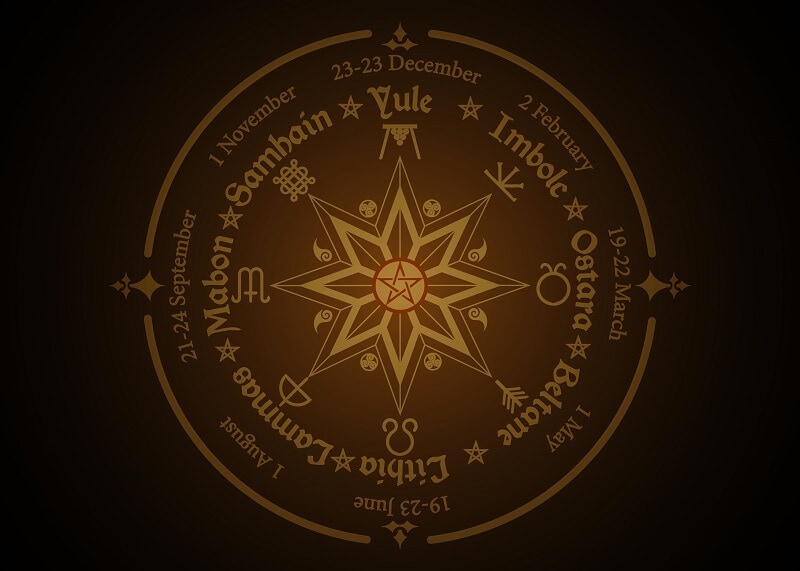
The Fall Equinox is celebrated in different ways around the world.
In England, neo-druids and Arthurian friends gather at Stonehenge to perform rituals during the Autumn Equinox.
Until the beginning of the new millennium, access to the monument itself was strictly prohibited, but now people can enter the site during the Equinox.
In pagan mythology, the Equinox is called Mabon, or Second Harvest. It’s a time to give thanks for the bounty of the earth and to prepare for the coming winter.
In many cultures, the Fall Equinox is associated with the harvest season. Ripe grapes are often harvested in September, and most traditional celebrations of the Autumnal Equinox are associated with the harvest.
The Fall Equinox has inspired ancient myths, religious festivals, and customs around the world.
For example, in Japan, the Fall Equinox is a national holiday called “Shubun no Hi.” It’s a time to visit the graves of ancestors and to appreciate the beauty of autumn leaves.
In the Southern Hemisphere, the Fall Equinox marks the beginning of spring. It’s a time of renewal and rebirth, and many cultures celebrate this season with festivals and rituals.
For example, in Mexico, the Fall Equinox is celebrated with the “Day of the Dead” festival, which honors deceased loved ones and ancestors.
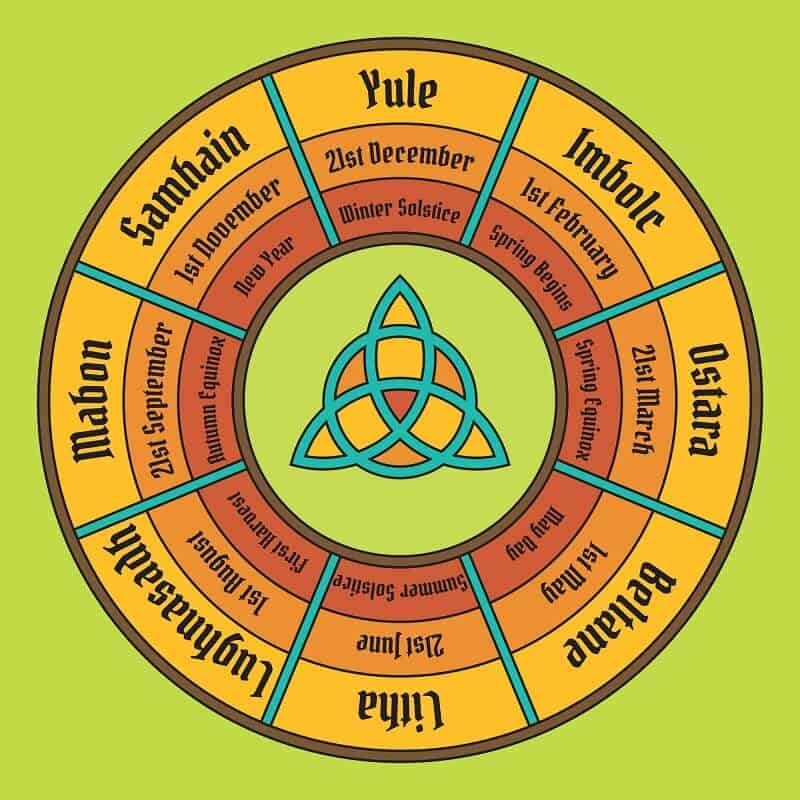
The Equinoxes and Solstices are important astronomical events that mark the changing of the seasons.
The Summer Solstice marks the beginning of summer, the Winter Solstice marks the beginning of winter, and the Spring Equinox marks the beginning of spring.
The Fall Equinox marks the beginning of fall.
Overall, the Fall Equinox is a time to celebrate the changing of the seasons and to give thanks for the abundance of the earth.
Whether you’re harvesting grapes, visiting the graves of ancestors, or starting new projects, there are many ways to celebrate the Fall Equinox around the world.



